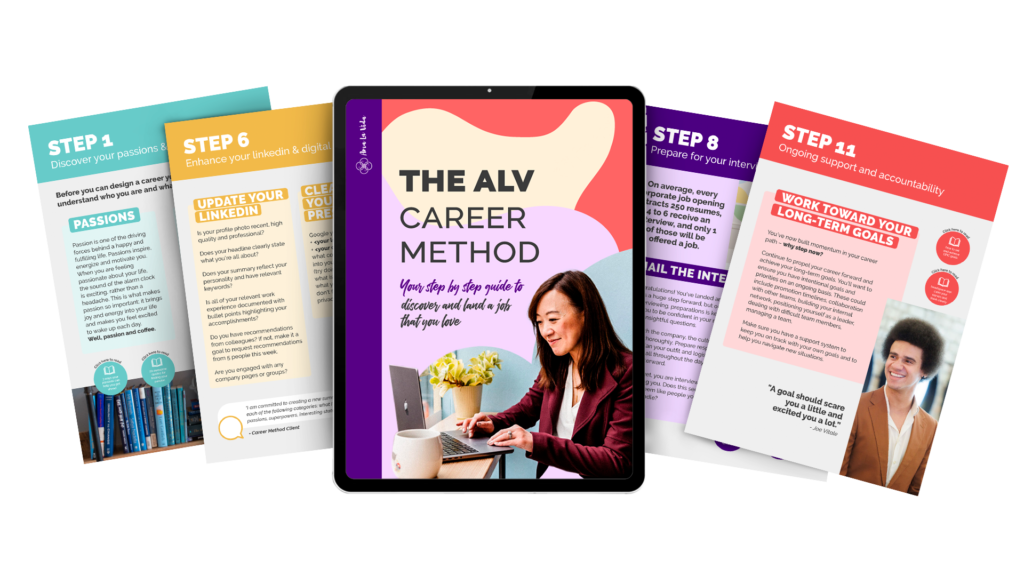How To Welcome New Employees: Onboarding and Building Trust In a Remote World

Are you onboarding new hires remotely? It’s even more important to be intentional about how you onboard new members of your team when you can’t do it in person. On this blog, we are discussing how to best welcome new employees and build trust in a remote world.
Onboarding Employees Remotely
1. Connect With Your Employee Before Their First Day
Send the sort of welcome letter you’d like to receive. Could be an overview of the team and challenges/opportunities, or a handwritten card expressing your enthusiasm for her start. It’s a nice touch to track down some company swag and send to her house.
2. Ask an Experienced Employee To Be an Informal Buddy
Choose someone with a keen sense of your culture and a good attitude. Not you. Encourage new hire and buddy to meet over video and ask buddy to introduce new employee to others and invite her to virtual activities. This relationship should last for the first few weeks and will really help welcome your new employees well.
3. Provide a First-Day Welcome that Builds Community (and Belonging)
Start with an announcement that includes her professional background + some details about her interests. Plan a virtual lunch or happy hour with the team and have everyone share their role and a few details about their lives outside of work. Then set up 1×1 video meetings where she can get to know her most important stakeholders. Debrief with her after these meetings to help her put things in context.
4. Plan a Series of Learning Sessions
While customer visits and site tours are out for the time being, think about the video assets you have: what’s on YouTube or your company intranet that she can watch + discuss with her buddy? Video from a recent all hands meeting? Recording of a quarterly investor call? Video of a manufacturing facility that was produced for last year’s leadership offsite? Dig up these gems to help her get the feel of the company when she can’t see things in person. Here too — don’t leave it to her to watch/read this important stuff by herself. Create a way for her to discuss with a colleague so she retains and contextualizes what she learns.
5. Create Experiences That Last Beyond the First Day
It’s impossible for people to absorb everything they need in a day or a week. Create a program that supports her through her first 3-6 months. This isn’t just a schedule of activities. Talk with her about what she observes, what she is learning, what ideas she has, and help her connect them to her role. Use your network (and your manager’s) to intentionally introduce her to people she may have met in the cafeteria, but obviously won’t meet in her own kitchen.

Most companies haven’t done a good job onboarding employees in our normal work environment. Doing things right virtually can be a differentiator for you. Onboarding employees in this way is simply more human: if we remove all the silly bureaucracy we have come to expect in the corporate world and imagine how we would like to be welcomed to a new group, we imagine something much closer to this than what we’re doing today.
Building Trust in Digital Workplaces
Are you finding it harder to build trust and collaboration in our now 100% digital work world? Even before the pandemic, about 70% of collaboration happened virtually, through email, phone calls, etc. Now with non-stop video meetings, you have so many fewer cues for your brain to interpret. You generally can’t see body language on video calls, just someone’s face and sometimes even that is pretty small when in gallery view. With our digital world, it’s even more important to be thoughtful about how you are interacting with colleagues to build and maintain trust and true collaboration.
Here are few typical problems I’m hearing from clients and ideas to help:
Issue #1: No Real Collaboration
In a meeting, know that once the 1st extrovert has given his opinion, it’s less likely that subsequent speakers will share a different viewpoint. To welcome new employees and make sure you are getting diversity of thought, ask a question and then ask participants to put initial thoughts in the chat. To take it a step further, ask the person whose opinion was in the minority to elaborate. You can also let people know that they can follow up with you via email until the end of the week if they had other ideas come up. This allows the introverts to feel comfortable contributing.
Issue #2: Radio Silence
Be aware that some individuals are technology natives who are very comfortable using various modes of virtual communication; and others are technology adapters who tend to prefer phone calls. This is not always based on age, as I know people older than me who are proficient with social media and other forms of virtual communication and younger individuals who are not comfortable with it. Choose the communication vehicle that most resonates with the person you are trying to connect with.
Issue #3: Misinterpreted Messages
Think before you type and try to be super clear with your message. This is especially important if you are leading a team – any request made via email, IM, or text may be interpreted as urgent by team members. Come up with your shorthand during this virtual work period; perhaps “4h” for 4-hour turnaround or “2D” for a 2-day deadline included in the subject line to help level set expectations.
Also be thoughtful about emoji and punctuation use. Did you know a period at the end of a text can be interpreted as standoffish? An exclamation mark can be misinterpreted as screaming when you really meant to show excitement? And a smiley emoji when used by a person in power can show warmth, but if used by someone without authority can come off as childish? These are not hard and fast rules, but be thoughtful about how your message will land.

When employees feel welcome, trust and a sense of belonging, they will flourish at work. If replicated across the company, teams and the business overall will thrive. Yes, it takes work and a rethinking of how leaders and the business have been operating. But well worth the effort when one considers the returns to the employee and business.








